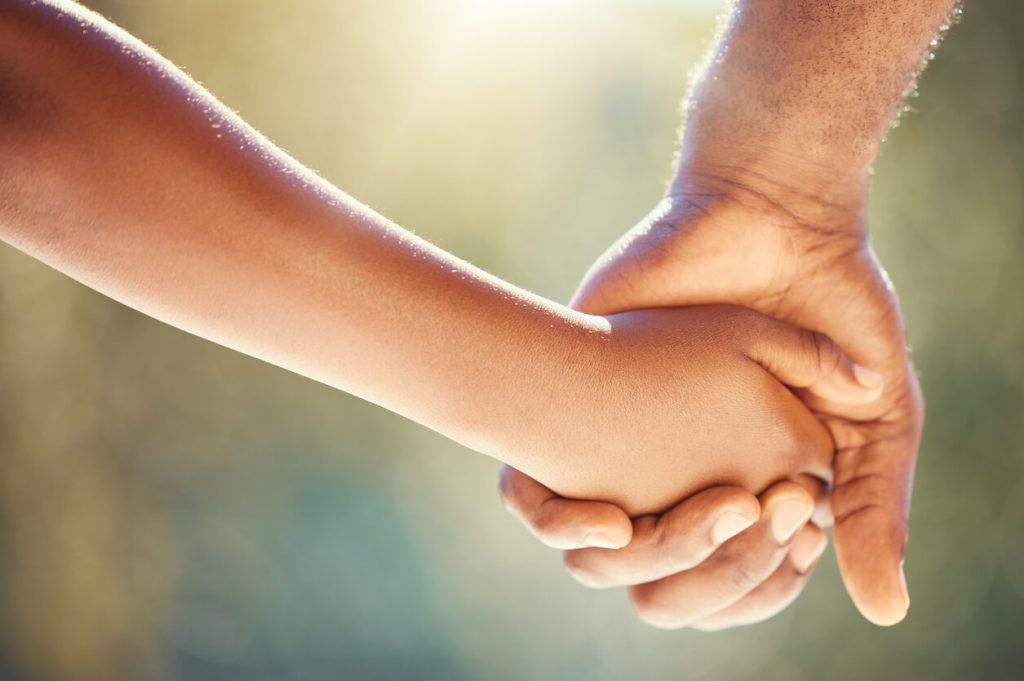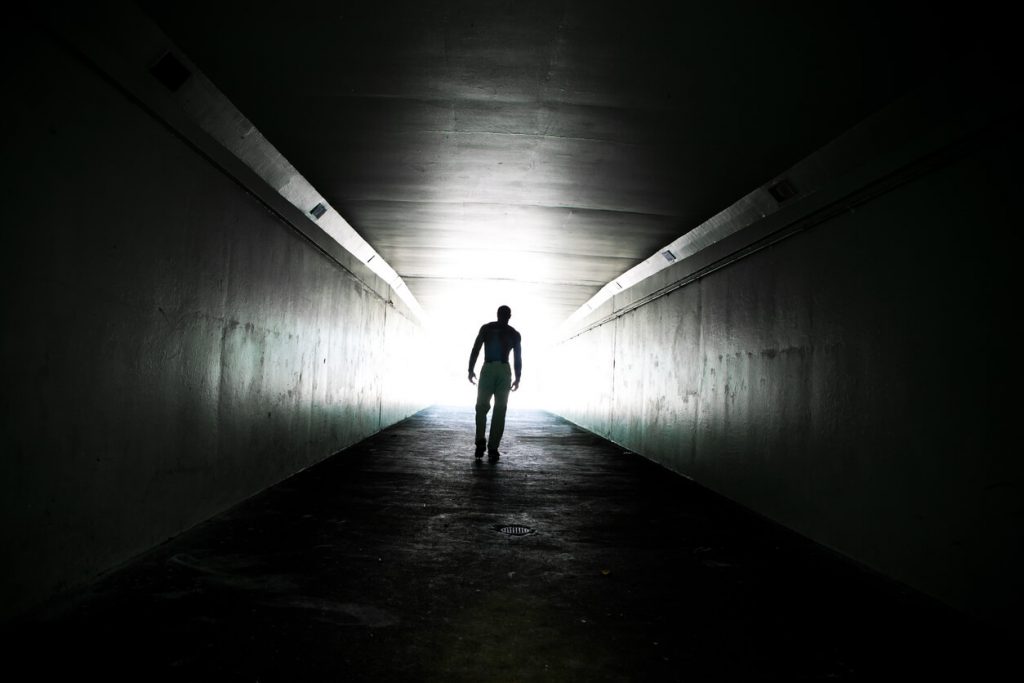Our friends over at FOSI (Family Online Safety Institute) recently made a video about how the Internet is used in homes throughout the world. There are a lot of informative statistics used here.
Many of the stats mentioned point to a hidden danger of increased Internet use: how online media impacts how we use our time.
- Young people spend seven and a half hours per day with some kind of media, and over 10 hours if you include multitasking.
- Total media exposure in the average household is nearly 10 hours, but that jumps to over 12 hours in households without rules.
- Today 99% of children ages 8-17 access the Internet.
- Nearly one-third of teens say being unplugged from technology makes them feel more “stressed.”
- About four out of 10 tweens and teens visit a social networking site (like Facebook or MySpace) at least once a day.
More and more psychologists and sociologists are asking the question: With so many young people feeding their brains on a regular diet of online videos, Facebook, massive multiplayer games, instant messages, and Web browsing, how is this impacting the way they relate to others and see the world around them?
Being a parent of kids in the Internet generation is as much about examining online culture as it is about filtering online content. Of course, the Internet is loaded with bad content, but if this is our only concern, we miss the subtle dangers of too much time with technology.
It is helpful for parents to be reminded of the words of Marshall McLuhan written nearly 50 years ago: “The medium is the message.” What did he mean by that? Often we can readily identify harmful messages found online, but we overlook the medium, i.e. the character of Internet itself.
For instance, when TVs became more commonplace, which of these had a greater social impact: a particular news story about a crime being committed across town, or the fact that families could hear about that crime as they ate their dinners? Similarly, which has greater impact today: the fact that the latest game has sexually provocative content, or that kids can now escape for hours into virtual worlds at the click of a mouse? What should grab our attention more: our child being harassed by a classmate on Facebook, or the fact that our child feels “stressed” when they haven’t spent several hours chatting on Facebook each day?
The time is ripe for parents to consider both the messages and the medium of the Internet, helping kids and teens to find a balance of online and offline life.






